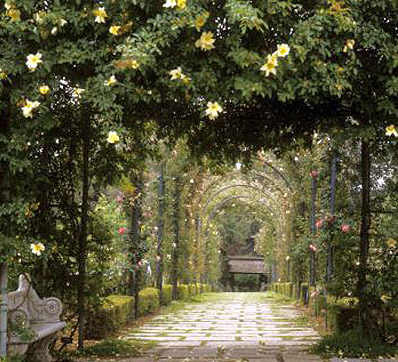 Tuscany is a medium-sized region which can be crossed in a few hours. Generally the hardest part in getting from one place to the next depends on where you are headed: smaller villages are often only reachable by car or bus whose schedules might not be the most convenient. Aside from a few major roads and roadways that cross Tuscany (such as the A1, A11 and A12), most of the roads are state or provincial with a single lane in each direction. Also, as many parts of Tuscany have hills, many roads wind up, down and around these hills: if you’re driving, prepare to take your time and drive carefully.
Tuscany is a medium-sized region which can be crossed in a few hours. Generally the hardest part in getting from one place to the next depends on where you are headed: smaller villages are often only reachable by car or bus whose schedules might not be the most convenient. Aside from a few major roads and roadways that cross Tuscany (such as the A1, A11 and A12), most of the roads are state or provincial with a single lane in each direction. Also, as many parts of Tuscany have hills, many roads wind up, down and around these hills: if you’re driving, prepare to take your time and drive carefully.
Having said this, if you are planning on visiting only the main towns in Tuscany, the most convenient way to move around is with the train: the main station in each town is generally in the center so there is no need to worry about parking before finding the major sights. Train travel is also pretty affordable, in comparison to the costs of rental cars and gasoline these days.
If you already know you won’t be driving but would like to visit the smaller villages not reachable by train, make sure to check out bus schedules ahead of time. For example, San Gimignano is a medieval village which we highly recommend visiting, but be aware that if you’re not driving, you can get there only by taking the train to Poggibonsi and then a bus the rest of the way (about 13 km, or 20 minutes, away).




